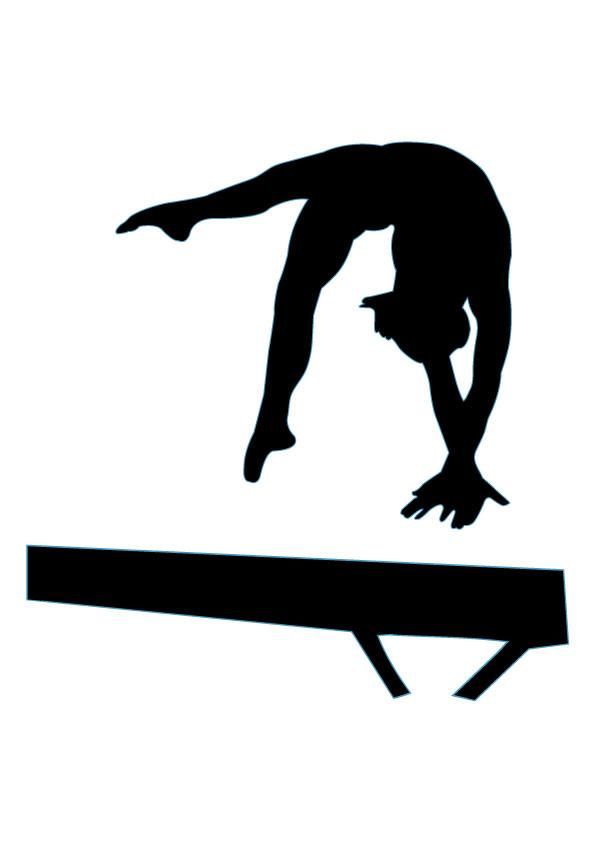In the general population the statistics regarding the prevalence of low back pain are significant but in young athletes participating in dance and gymnastics the statistics are staggering. It has been shown that back pain in gymnasts can be as high as 50% of athletes. In ballet, low back pain is consistently reported to be one of the most prevalent chronic injuries in professional ballet dancers.

Far too often, low back pain in dance and gymnastics can be career limiting if not career ending. As a physical therapist (and a former competitive gymnast and gymnastics coach), I feel that their are many things that can be done to help prevent or lessen the impact low back pain has on a young athletes life.
The following are important things to consider:
Seek out a medical provider that is familiar and experienced with dance and gymnastics.
Knowing and understanding the intricacies of dance and gymnastics is essential to getting the athlete back to the level they were at before injury.
It is not always as easy as core strengthening! Too often, healthcare providers simply say we need to strengthen a dancer or gymnast’s core because they have low back pain. To know that this is the source of pain an evaluation specific to the skill requirements of dance and gymnastics is needed. Sometimes when the proper screen is performed we realize that core weakness isn’t the problem. Or for those that do need core strengthening, health care providers must make sure that static core strengthening exercises are progressed to the active motions that cause the athletes pain in gymnastics and dance.
Shoulder stiffness. This one relates to gymnastics more than dance. The extension angles that are required in gymnastics necessitate the need for a large amount of shoulder flexibility. If a gymnast is stiff and has reduced shoulder range of motion their low back often takes the brunt of this. On this same vane, one must evaluate wrist extension flexibility because a lack of this can also cause the low back to take excessive forces.
Hip flexor flexibility. In dance and gymnastics it is very common for hip extension to become limited and if a gymnast or dancer lacks the proper amount of hip flexibility they will make up for it by hinging in their low back.
End range glute strength. Most gymnasts and dancers have very strong glutes with mid range motions but often lack the end range strength needed to prevent their low back from taking the force.
The last factor to consider is always the hardest to address: load! An injured back often needs a rest. Dancers and gymnasts are serious athletes and the thought of taking a break from the motions that are causing their low back pain is very hard. As a health care provider I always work to not have my athletes sit out of practice. Taking the next 4-6 weeks off from a sport is rarely a good answer but practices definitely need to be modified to keep one out of the activities that are causing their pain.
Kelsey Wadsworth, PT, DPT, OCS
Kelsey is a lover of all things dance and gymnastics and is a physical therapist at APRS’s east location. She is a board certified orthopedic specialist. In her spare time Kelsey can be found at her daughter’s gymnastic meets and dance recitals!









